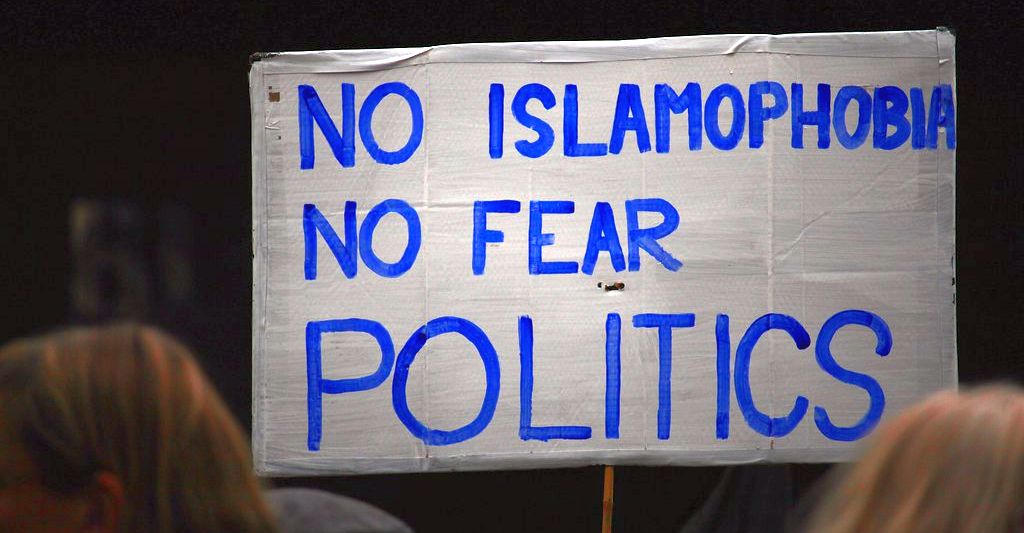March in March – a stream of protests demonstrating a ‘vote of no confidence’ in government policies – has taken place across Australia over the past three days. Organised almost entirely through social media networks, the marches saw 100,000 people turn out nationally to take part in a demonstration against government decisions that undermine principles of social justice and responsible global citizenship.
People around the country rallied because of government policies on climate change, asylum seekers and marriage equality. But the protests had a local tone, too. In Melbourne, the estimated crowd of 30,000 spoke about Victoria’s new anti-protest ‘move-on’ powers and the dismal treatment of the Morwell community following the recent mine fire.
Those gathered at Treasury Gardens at the conclusion of the march heard speakers address national issues such as refugee policy and the national broadband network, as well as local challenges facing unions and childcare workers.
This broad range of issues attracted a diverse group of protesters. Marchers included teachers, health-care workers and farmers, who have since taken to social media to tweet their professions to counter scepticism that the protesters were simply a ‘rabble of hippies’. Families marched alongside school groups and civil society organisations. Some came with placards protesting a specific concern such as CSG fracking or threats to Medicare. A more general disapproval in government policies was reflected in the chants echoing through the city of ‘We deserve better’ and ‘Not in my name’.
Overall, the rallies had the feeling of a community disillusioned with how it is being governed and determined to be heard. The huge turnout has prompted a wide range of media coverage. While it’s too soon to say what kind of pressure it may put on ministers and policymakers, perhaps this is a protest movement that is just getting started.










